LG G5 vs LG G4
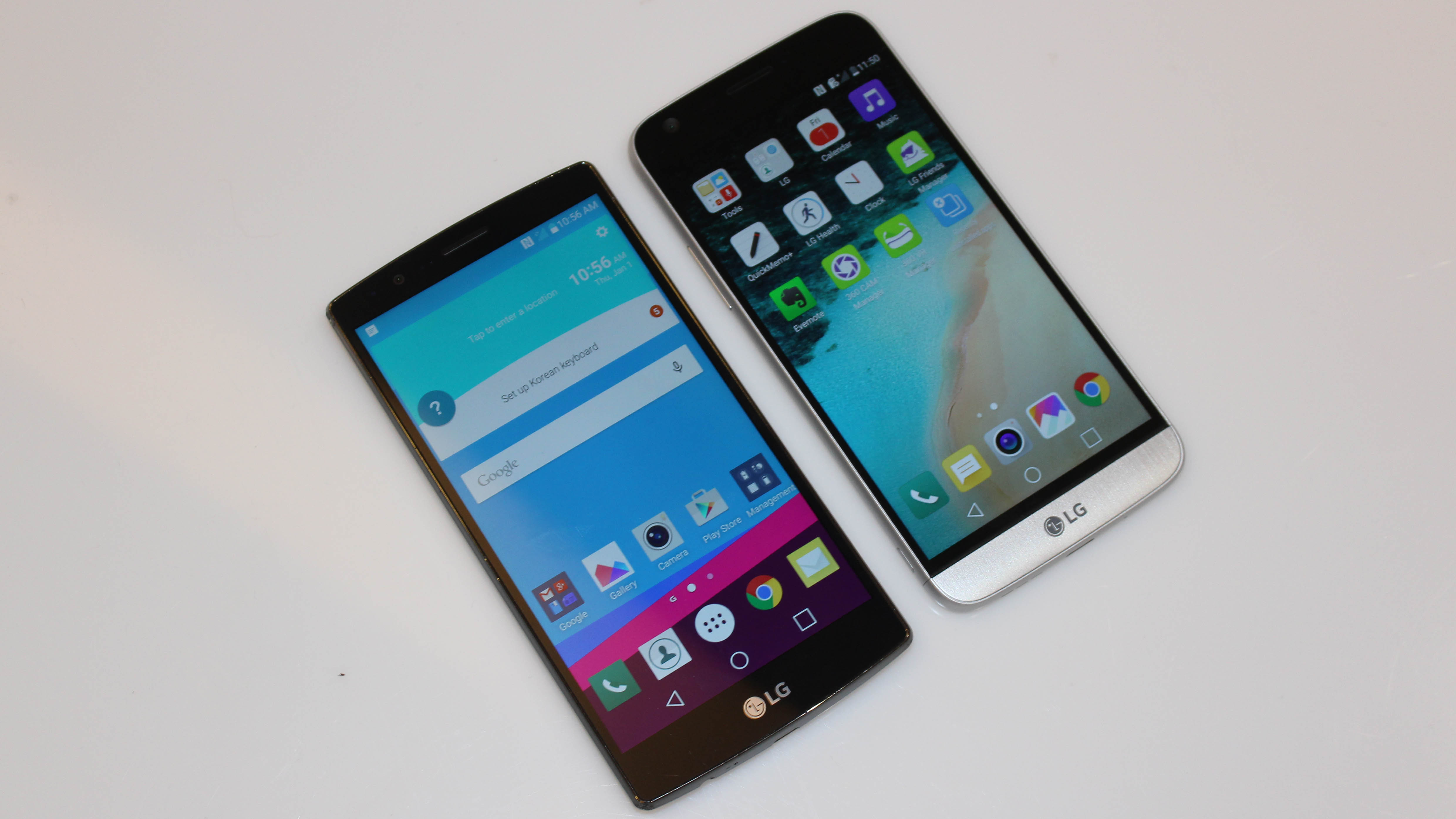
The LG G5 has been unveiled at MWC 2016 in Barcelona and it's garnering a fair amount of attention as it's the first modular smartphone produced by the South Korean firm.
It arrives to replace the LG G4, a phone which added a few new features over its predecessor - most notably a leather back - but failed to redefine LG's top tier handset range.
This time around though LG's put more into making the G5 different, giving us what feels like a whole new handset rather than an incremental upgrade.
So, just how does the LG G5 stack up against the G4? We've put them head to head to show you.
- Read our hands on LG G5 review
Design
The LG G5 has changed a number of things when it comes to design, with the main selling point the fact that it's a modular smartphone - something the LG G4 cannot boast.
What does that mean? Well, you can pull the bottom off the LG G5, which sees the bezel below the screen come away from the handset, taking with it the battery inside. You can then slide in additional accessories such as the LG CAM Plus camera modular or the LG Hi-Fi Plus module which provides a DAC audio player.
Gone is the curved, plastic design from the G4 too, with the G5 opting for an all-metal flat finish similar to that of the iPhone 6S. That means you'll get a much more premium looking and feeling handset, although round the back of the G5 the style isn't quite as polished as we'd have hoped.
Sign up for breaking news, reviews, opinion, top tech deals, and more.

The LG G4 has a smart layout of camera, flash and a trio of buttons, while the G5 has a slightly ugly camera bulge which houses two cameras as well as a flash and laser autofocus. Below this is another hump, this time circular in shape housing the power button which doubles as a fingerprint scanner.
There's no fingerprint scanner on the G4, but we'd argue that the older phone has a more aesthetically pleasing layout round the back.
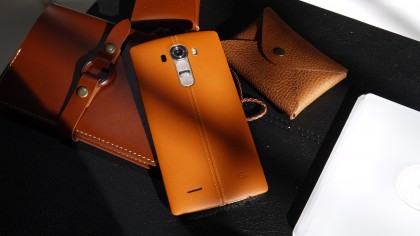
At 73.9mm wide, the LG G5 is narrower than the 76.1mm G4, which should make it easier to grasp in one hand, although the G5 is a touch taller than its predecessor at 149.4mm compared to 148.9mm.
With no curved body the LG G5 has a uniform 7.7mm thickness, while the G4 ranged from 6.3mm to 9.3mm. The new LG G5 is also ever so slightly heavier too, tipping the scales at 159g compared to the G4 which comes in at 155g.
Display
There's also a change in the display department, with the LG G5 featuring a downsized 5.3-inch screen, which is smaller than the 5.5-inch offering on the LG G4.
Both handsets sport the same QHD resolution of 2560 x 1440, but thanks to its slightly smaller dimensions the G5 boasts a higher pixel density of 554ppi, versus 538ppi on the G4.

That means the screen on the G5 should be sharper, but in reality you're unlikely to distinguish any difference.
Another party trick the LG G5 has over the G4 is its always-on display, which ensures key information is shown on the screen at all times. That means you can just glance at the handset to see the time, data and any new notifications you may have.
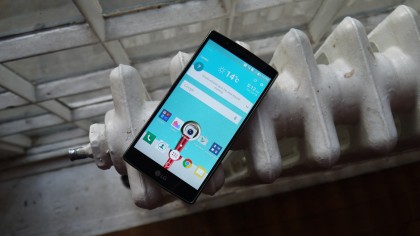
Power and storage
LG's upped the power quite significantly with the G5, packing in a Snapdragon 820 processor and 4GB of RAM into its metal frame.
That puts it comfortably ahead of the Snapdragon 808 chip found in the LG G4, which at the time of launch wasn't the most powerful Qualcomm chip on offer. There's also 3GB of RAM to keep everything ticking over nicely.
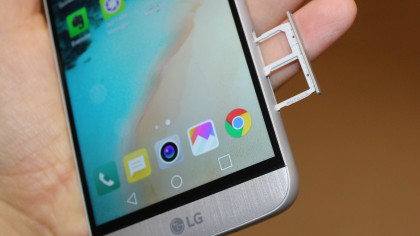
Inside both the LG G5 and G4 you'll find 32GB of storage, although once the Android operating system has been taken into account you'll have less than that to play with.
Luckily both phones come with a microSD slot, however the LG G5 wins out by supporting cards up to 2TB in size while the G4 only lets you go up to 128GB.
OS and interface
Both handsets run Google's Android platform, and unsurprisingly the LG G5 sports a newer version of the software than its predecessor.
The G5 comes with Android 6.0 Marshmallow on board, the latest version from Google, while the G4 launched with Android 5.1 Lollipop.
Marshmallow is rolling out to the G4, which will bring it more in line with the G5, but you're likely to get a better experience on the newer device.
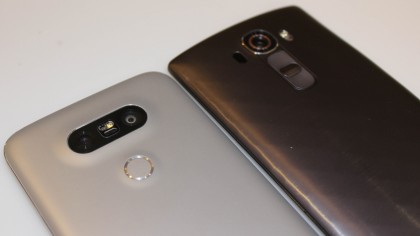
Camera
The LG G4 has a strong camera line up, with a 16MP rear camera with laser autofocus and an 8MP front snapper.
Things follow a similar trend on the LG G5, with the 8MP camera making a reappearance, while round the back you'll find both a 16MP snapper and a laser autofocus. But it's not done there.
That's because the LG G5 also sports a second wide angle 135-degree lens clocked at 8MP. LG says this second sensor makes it easier to capture landscapes, skyscrapers and large groups. We'll be sure to put it to the test in our full review.

Battery
There's a bit of a turnaround in the battery department, with the LG G4 sporting the larger power pack with a 3000mAh unit.
Meanwhile the LG G5 packs a smaller 2800mAh, but that's not the end of the world considering it also has a smaller display - although it's still got a QHD resolution and we worry a little about just how well it will perform.
Both batteries however are removable, which is an increasingly rare occurrence in today's mobile market.
Release date and price
The LG G4 was released in April 2015, and while it sported a price tag which just about undercut the Samsung Galaxy S6, it tumbled down significantly after just a few months.
If you're tempted to purchase the LG G5 then, you may want to hold off for a few months to see if a similar price drop occurs.
The LG G5 release date isn't set in stone, but it's expect to launch in April, while pricing is yet to be announced.

TechRadar's former Global Managing Editor, John has been a technology journalist for more than a decade, and over the years has built up a vast knowledge of the tech industry. He’s interviewed CEOs from some of the world’s biggest tech firms, visited their HQs, and appeared on live TV and radio, including Sky News, BBC News, BBC World News, Al Jazeera, LBC, and BBC Radio 4.